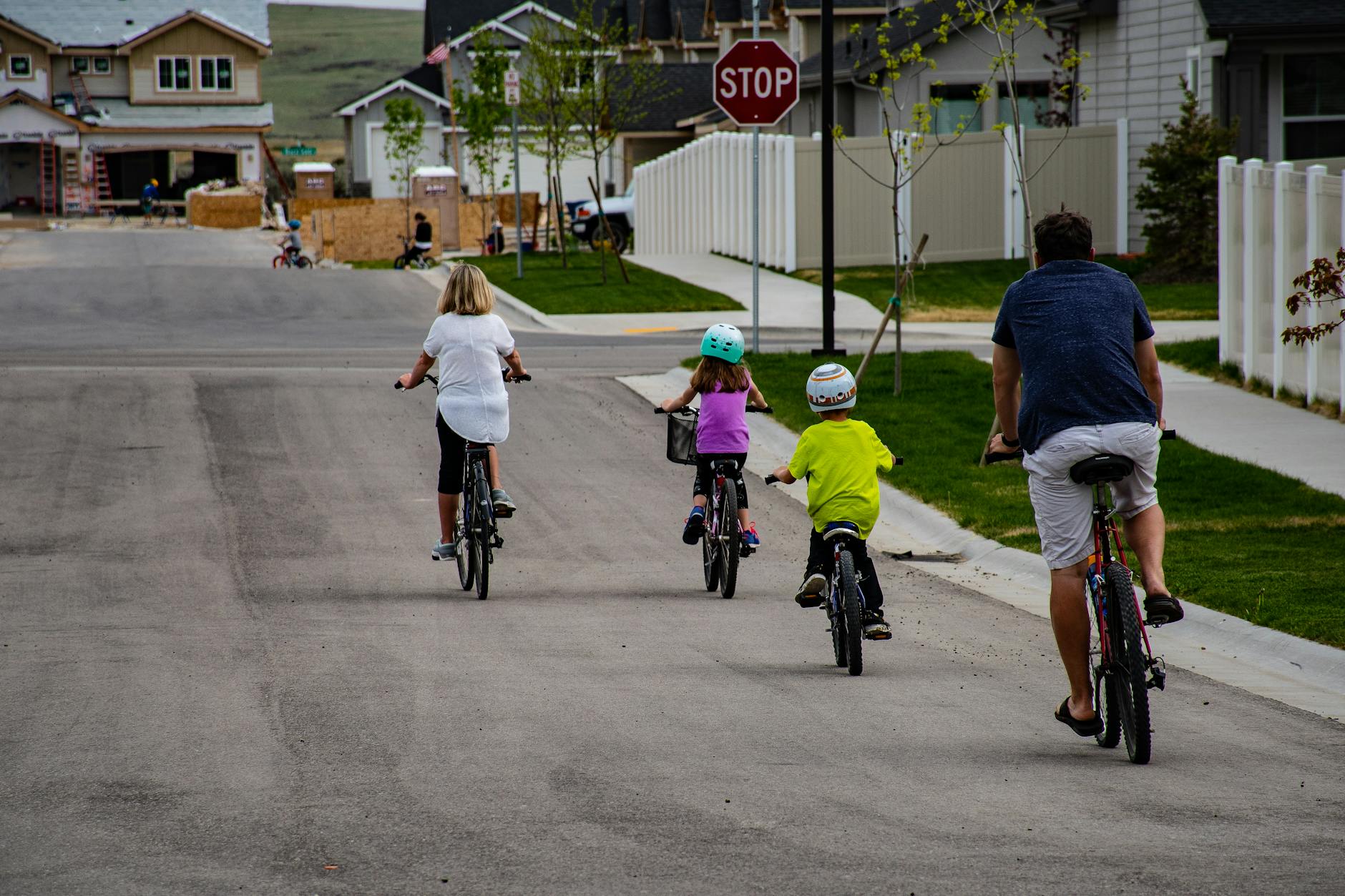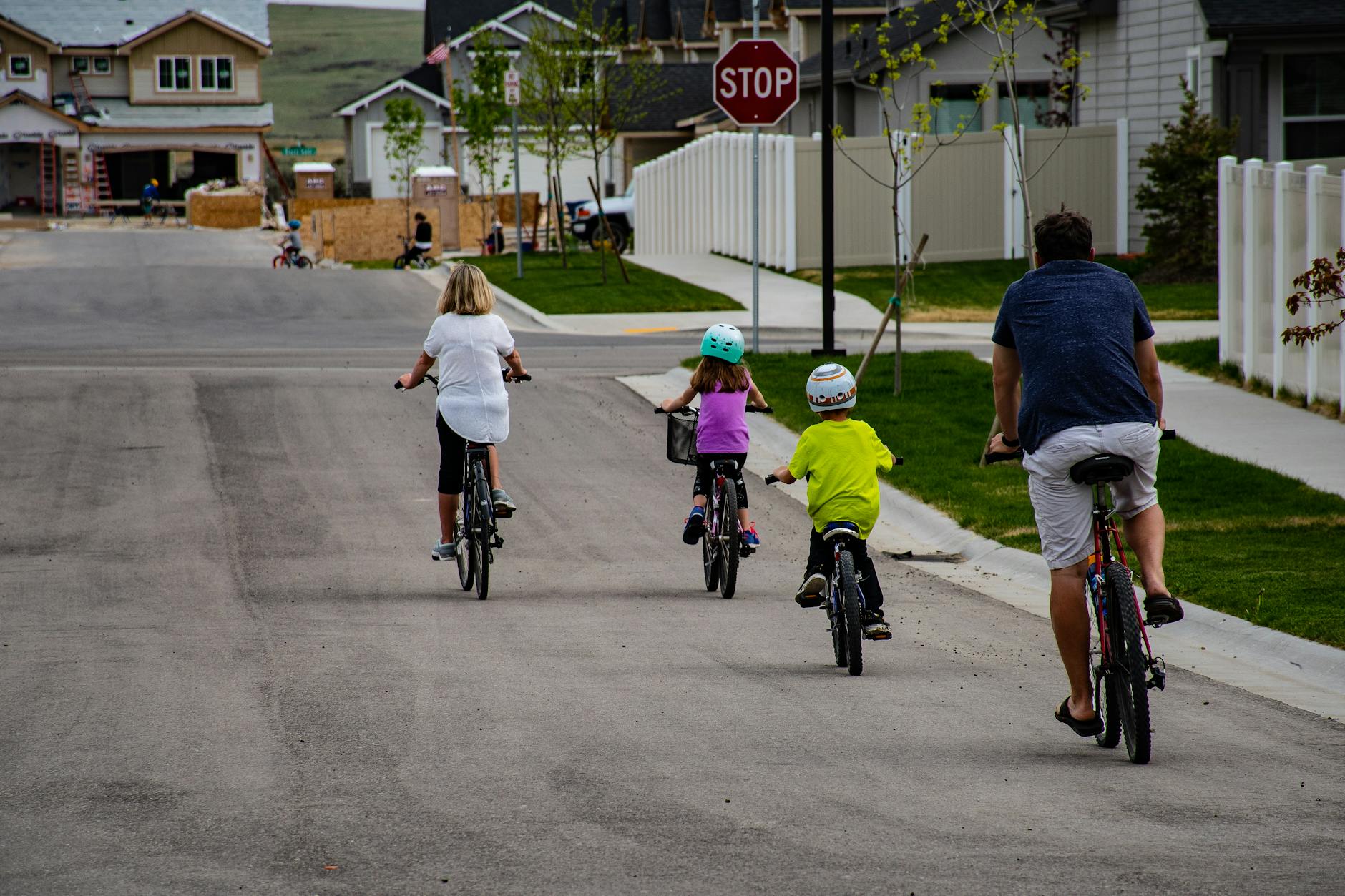Discover how to plan unforgettable cycling adventures for your family that are both fun and safe. Prepare for some great memories!
Table of Contents
When it comes to cycling with kids, safety is always a top priority. One of the most crucial aspects of ensuring a safe and enjoyable biking experience for your child is choosing the right bike size. In this comprehensive guide, we will explore how to select the correct bike size for your child, essential safety tips for cycling with kids, and the best balance bikes for 2-year-olds.
How to Choose the Right Bike Size for Your Child
Choosing the right bike size for your child is essential for their safety and comfort while riding. To determine the correct bike size, consider factors such as height, age, and inseam measurement. It’s important to select a bike that allows your child to comfortably reach the handlebars and pedals while maintaining proper posture.
One way to determine the correct bike size is by measuring your child’s inseam. Have your child stand with their feet flat on the ground and measure the distance from the crotch to the floor. This measurement will help you determine the appropriate seat height for the bike.
When selecting a bike size for your child, consider their age and experience level. Younger children may benefit from a smaller bike with training wheels, while older children may be ready for a larger bike without training wheels. It’s essential to choose a bike size that allows your child to feel confident and in control while riding.
Safety Tips for Cycling with Kids
Cycling with kids can be a fun and rewarding experience, but it’s important to prioritize safety at all times. Here are some essential safety tips to keep in mind when cycling with your child:
1. Always ensure that your child wears a properly fitted helmet when riding a bike. Helmets are crucial for protecting against head injuries in the event of a fall or collision.
2. Teach your child basic cycling rules and traffic safety. Make sure they understand the importance of looking both ways before crossing the street and signaling their intentions while riding.
3. Establish clear communication and hand signals while cycling with your child. Teach them how to signal turns and stops to communicate with other cyclists and motorists on the road.
Best Balance Bikes for 2-Year-Olds
Balance bikes are an excellent way to introduce young children to cycling and help them develop balance and coordination skills. Here are some features to look for in a balance bike for 2-year-olds:
1. Lightweight and easy to maneuver: Look for a balance bike that is lightweight and easy for your child to handle. This will help them build confidence and improve their balance skills.
2. Adjustable seat height: Choose a balance bike with an adjustable seat height to accommodate your child’s growth. Being able to adjust the seat height ensures that your child can comfortably reach the ground while sitting on the bike.
3. Durable construction: Opt for a balance bike with a durable frame and tires that can withstand rough play and outdoor adventures. A sturdy construction will ensure that the bike lasts through multiple riding seasons.
Some of the best balance bikes for 2-year-olds include the Strider 12 Sport Balance Bike, the Yedoo TooToo Balance Bike, and the Cruzee UltraLite Balance Bike. These bikes are designed with young children in mind and provide a safe and enjoyable riding experience.
Tips for Teaching Kids to Ride a Bike
Teaching your child to ride a bike can be a rewarding experience for both of you. Here are some tips to help your child learn how to ride a bike:
1. Start with balance and coordination exercises: Before introducing pedaling, have your child practice balancing on the bike and steering. Encourage them to coast and turn to develop their balance and coordination skills.
2. Gradually introduce pedaling: Once your child feels comfortable balancing on the bike, introduce pedaling. Start by having them practice pedaling while coasting and gradually transition to pedaling independently.
3. Encourage and praise progress and achievements: Learning to ride a bike can be challenging for some children, so be sure to offer plenty of encouragement and praise for their efforts. Celebrate small milestones and achievements along the way to keep your child motivated.
Conclusion
Choosing the right bike size for your child, prioritizing safety while cycling, and selecting the best balance bike for 2-year-olds are essential steps to ensure a fun and safe biking experience for your family. By following these tips and guidelines, you can help your child develop a love for cycling and create lasting memories of outdoor adventures together.

